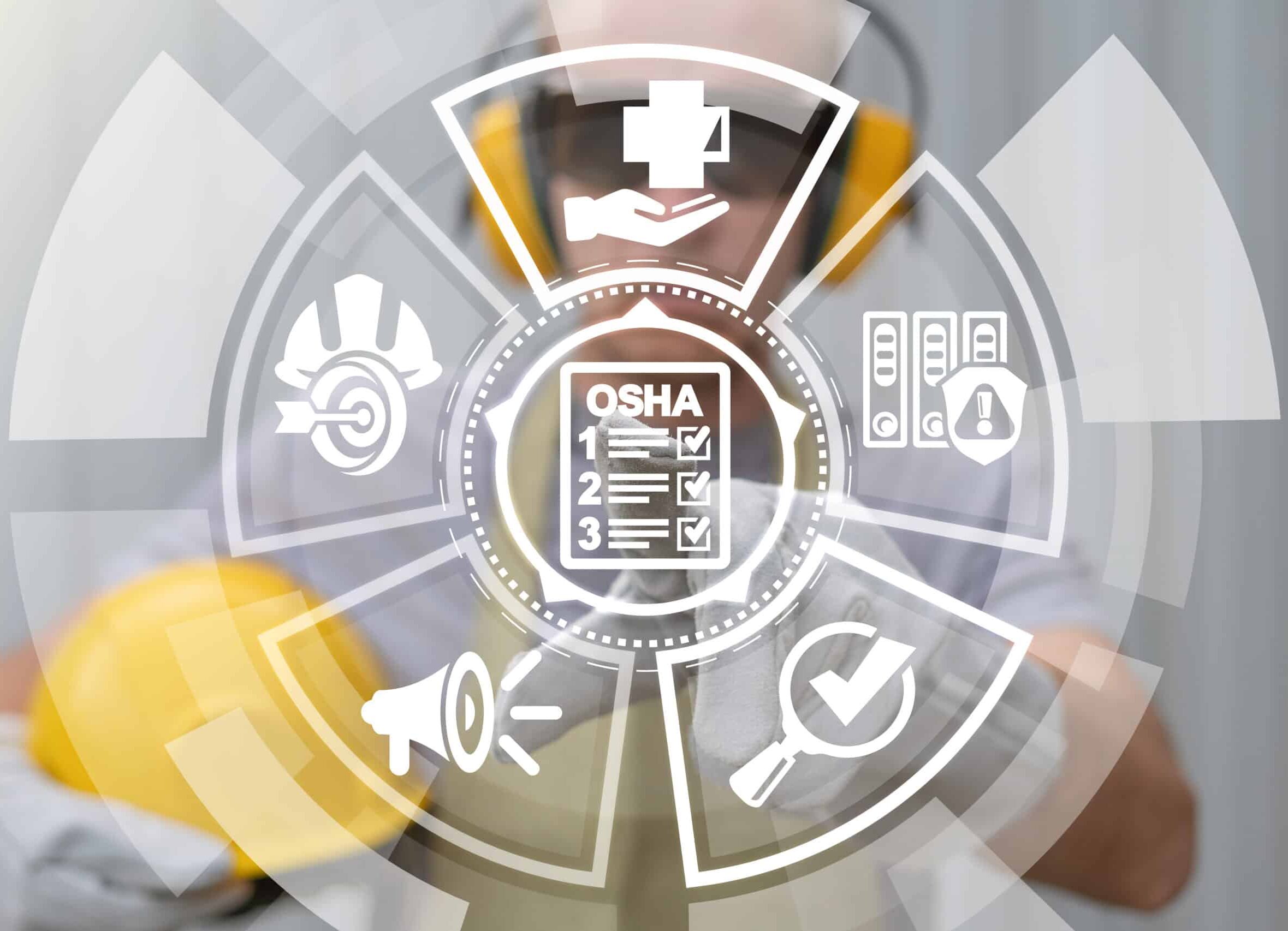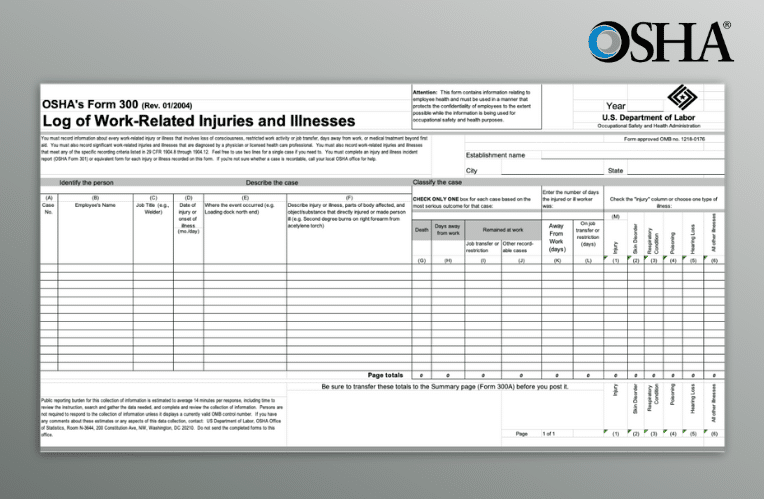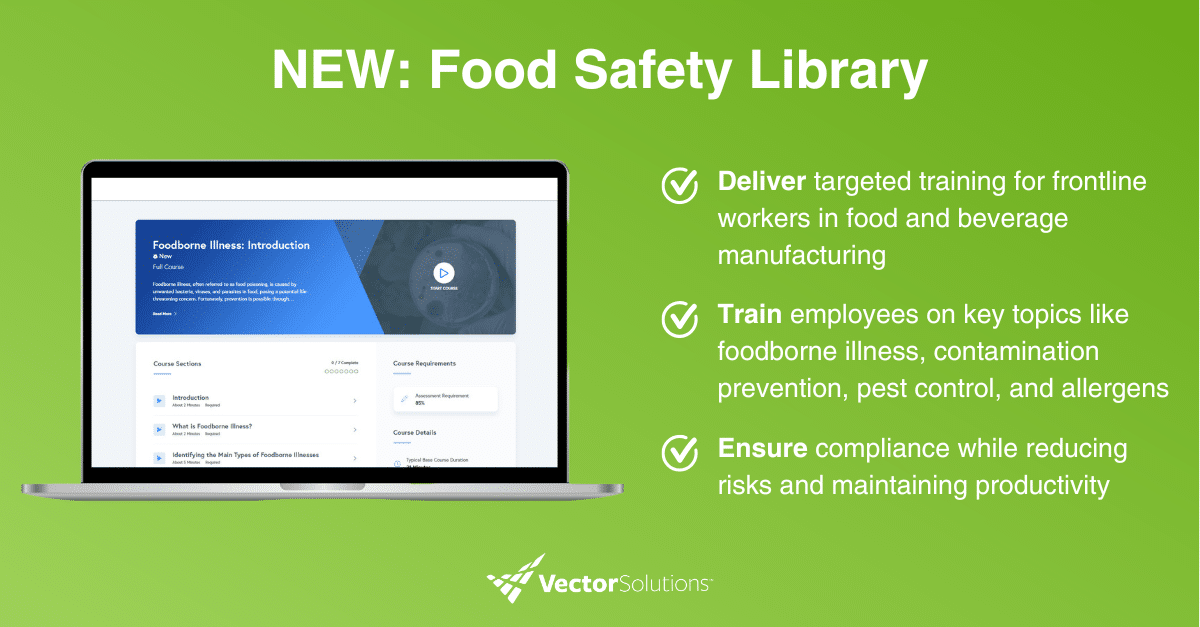November 3, 2018 5 min read
OSHA Basics: How OSHA Standards Are Named and Numbered
Industry:
Solution:
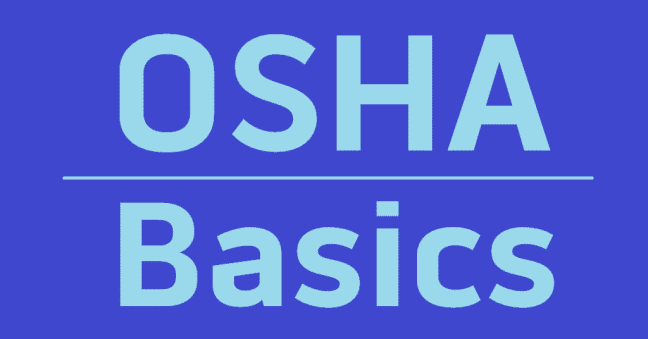
Our OSHA Basics series of articles explains basic, fundamental, and important topics related to OSHA and OSHA compliance.
In this article, we’re going to explain how OSHA standards are named and numbered, and in particular we’re going to break down all of those different numbers and letters in the naming system. Hope you find this helpful!

Vector EHS Management Software empowers organizations – from global leaders to local businesses – to improve workplace safety and comply with environmental, health, and safety regulations.
Learn more about how our software can save you valuable time and effort in recording, tracking, and analyzing your EHS activities.
Learn more about how we can help:
- Incident Management Software →
- EHS Inspection Software →
- Key Safety Metrics Dashboard →
- Learning Management System (LMS) and Online Training Courses →
- Mobile Risk Communication Platform
Download our EHS Management Software Buyer’s Guide.
The Naming & Numbering System of OSHA Standards
Let’s break down the different parts of the “name” of an OSHA standard–all the different letters and numbers.
Code of Federal Regulations (CFR)
The Code of Federal Regulations, also known as the CFR, is “is the codification of the general and permanent rules and regulations (sometimes called administrative law) published in the Federal Register by the executive departments and agencies of the federal government of the United States. The CFR is divided into 50 titles that represent broad areas subject to federal regulation.” That definition is from Wikipedia.
Title 29 of the CFR is devoted to the U.S. Department of Labor. The OSHA standards are all included in Title 29, CFR.
Chapters
Each CFR Title, including CFR Title 29 (dedicated to labor, remember) is divided into Chapters, and the names of these Chapters include the names of the federal government agency that issues them.
All of the OSHA Standards are CFR Title 29, Labor, Chapter XVII.
OSHA General Industry Compliance Guide
Compliance guidelines for the OSHA 1910/general industry standards.
Yes! I Want the Guide!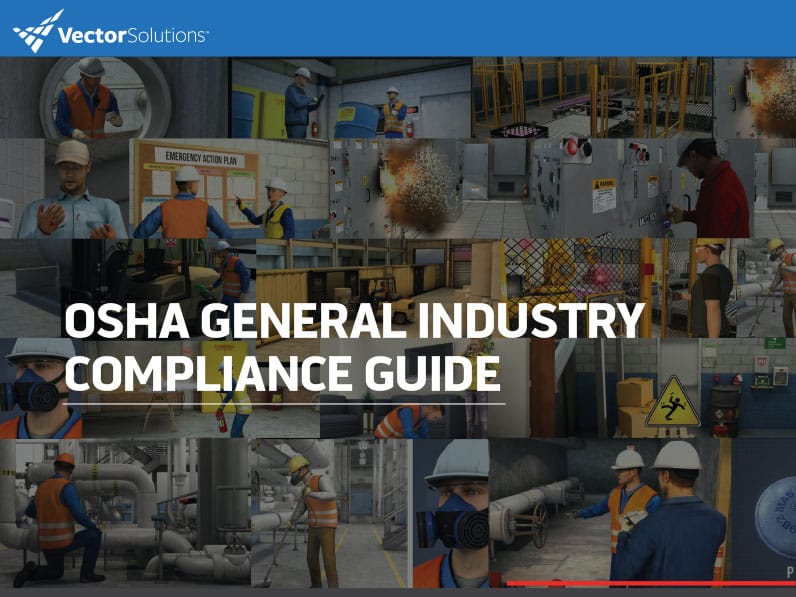
Parts
Each Chapter is divided into Parts. This is where the OSHA standard naming system may begin to seem a bit familiar to you.
Some parts to know about include:
- Part 1903: Inspections, Citations, and Proposed Penalties
- Part 1904: Recordkeeping and Reporting Occupational Injuries & Illnesses
- Part 1908: Consultation Agreements
- Part 1910: Occupational Safety and Health Standards (General Industry)
- Part 1915: Occupational Safety and Health Standards for Shipyard Employment
- Part 1917: Marine Terminals
- Part 1918: Safety and Health Regulations for Longshoring
- Part 1926: Safety and Health Regulations for Construction
- Part 1928: Occupational Safety and Health Standards for Agriculture
- Part 1949: Office of Training and Education, OSHA
It’s most common to hear people talking about Part 1910 for General Industry and Part 1926 for Construction, but as you see, there are more Parts. Click to see a complete list of the Parts.
Subparts
Parts can be broken down into Subparts.
For example, Part 1910 (General Industry) has many Subparts. Some of those Part 1910 Subparts include:
- Subpart D, Walking/Working Surfaces
- Subpart E, Means of Egress
- Subpart G, Occupational Health and Environmental Control
- Subpart H, Hazardous Materials
- Subpart I, Personal Protective Equipment (PPE)
- Subpart K, Medical and First Aid
- Subpart L, Fire Protection
- Subpart N, Materials Handling and Storage
- Subpart O, Machinery and Machine Guarding
- Subpart P, Hand and Portable Powered Tools
- Subpart Q, Welding, Cutting, and Brazing
- Subpart R, Special Industries
- Subpart S, Electrical
- Subpart Z, Toxic and Hazardous Substances
Click to see a list of all of the Part 1910 Subparts.
Sections
Subparts are divided into Sections. Each section is identified with a number. The numbering system begins with the first Subpart A and continues through all Subparts (take a look at the numbering system on this page if this doesn’t make sense initially).
For example, Subpart D is divided into the following sections:
- 1910.21 Scope and Definitions
- 1910.22 General Requirements
- 1910.23 Ladders
- 1910.24 Step bolts and manhole steps
- 1910.25 Stairways
- 1910.26 Dockboards
- 1910.27 Scaffolds and Rope Descent Systems
- 1910.28 Duty to Have Fall Protection and Falling Object Protection
- 1910.29 Fall Protection Systems and Falling Object Protection–Criteria and Practices
- 1910.30 Training Requirements
As we mentioned earlier, the numbering sequence within Part 1910 begins with the earliest Subparts and carries through all the Subparts. So, notice that the first Section in Subpart D is numbered 1910.21. If you look at Subpart C, you’ll find 1910.20 (and Sections with lower numbers) and if you look at Subpart E you’ll find 1910.31 (and Sections with higher numbers).
Major Topic Paragraphs
Sections are then divided into six separate sub-levels or sub-divisions, and the first, or highest-level subdivision, is the Major Topic Paragraph.
These different sub-divisions are identified with a series of letters, numbers, and Roman numerals in the following pattern:
(lower case letter)(number)(lower case Roman numeral)(number in italic font)(number in italic font) (lower case Roman numeral in italic font)
Here’s an example: 29 CFR 1910.110 (b)(13)(ii)(b)(7)(iii)
Notice that the six letters and numbers used to sub-divide each Section are made up of two similar halves–letter, number, and Roman numeral followed by letter, number, and Roman numeral.
Also, be aware that after 1979, the letter in the fourth set of parentheses is capitalized, although in our example above, we show it in a lower-case.
Now, let’s get back to the Major Topic Paragraph. It’s the first of those six sub-divisions, so in our example it’s the “(b)” that we’ve bolded below:
29 CFR 1910.110 (b)(13)(ii)(b)(7)(iii)
Paragraph Sub-Sections
Major Topic Paragraphs and divided into Paragraph Sub-Sections (and then further, smaller sub-divisions). In the example below, the paragraph sub-section is the “(13)”
29 CFR 1910.110 (b)(13)(ii)(b)(7)(iii)
Additional Sub-Divisions
Then, as we said, Paragraph Sub-Sections can be further divided, as we’ve shown in our example:
29 CFR 1910.110 (b)(13)(ii)(b)(7)(iii)
Now, remember: just because all of these potential sub-divisions are available to the writers of OSHA Standards, that doesn’t mean they’re used in every case. But you knew that 🙂
Conclusion: How OSHA Standards Are Named and Numbered
If you found this “OSHA Basics” article on the naming system of OSHA standards helpful, you may also want to check out some of the following articles:
- OSHA Basics: Letters of Interpretation
- OSHA Basics: OSHA’s Consultation Services
- OSHA Basics: OSHA Directives
- OSHA Basics: OSHA Variances
- OSHA Basics: OSHA’s Vertical and Horizontal Standards
- OSHA Basics: OSHA’s Parts 1910 and 1926
- OSHA Basics: Incorporation by Reference (IBR)
- OSHA Basics: The OSHA Field Operations Manual
- OSHA Basics: OSHA’s Small Business Handbook
- OSHA Basics: The General Duty Clause-5.(a)(1)
- OSHA Basics: OSHA’s Special Industry Standards in Subpart R
- OSHA Basics: The OSHA Poster
- OSHA Basics: The Competent Person Role
- OSHA Basics: OSHA Penalties
- OSHA Basics: OSHA’s Yearly Top Ten Lists (Recent Years Overview)
- This three-article series on OSHA General Industry Compliance Requirements
- This three-article series on OSHA Inspections
- This four-article series on OSHA Recordkeeping
EHS Software Buyer's Guide
Download Now





